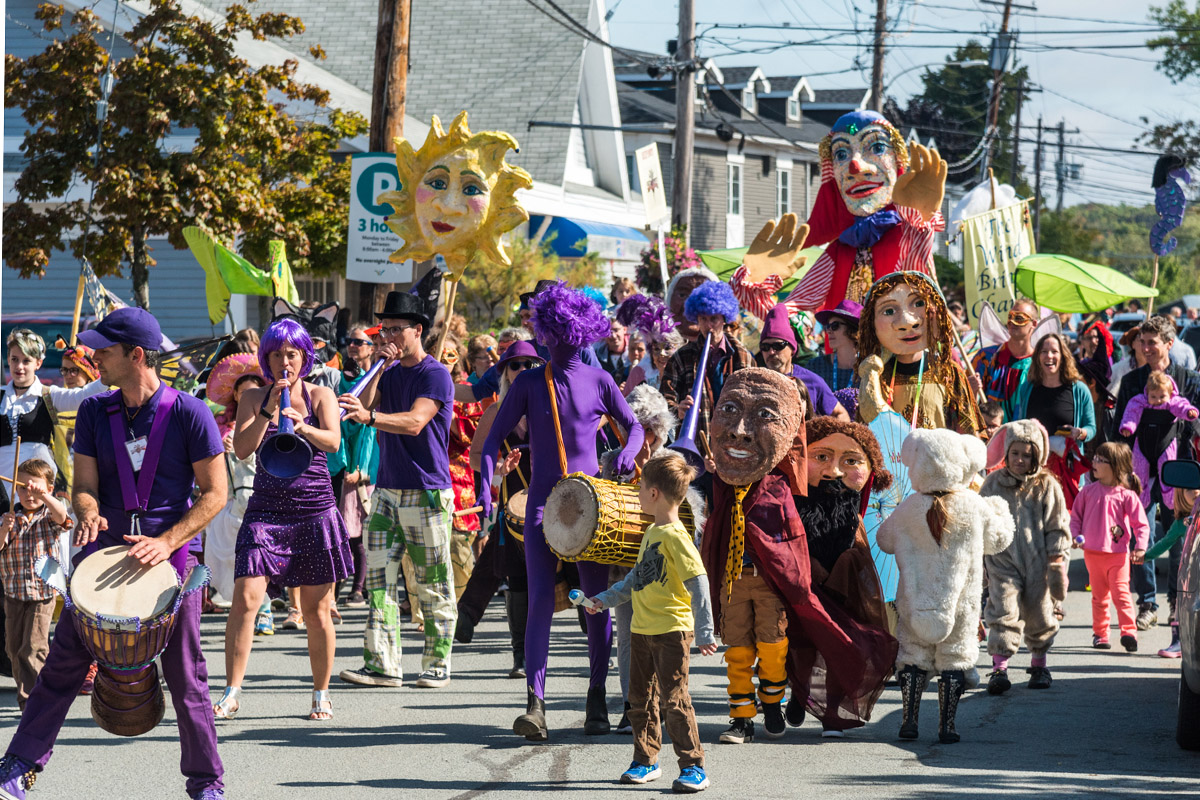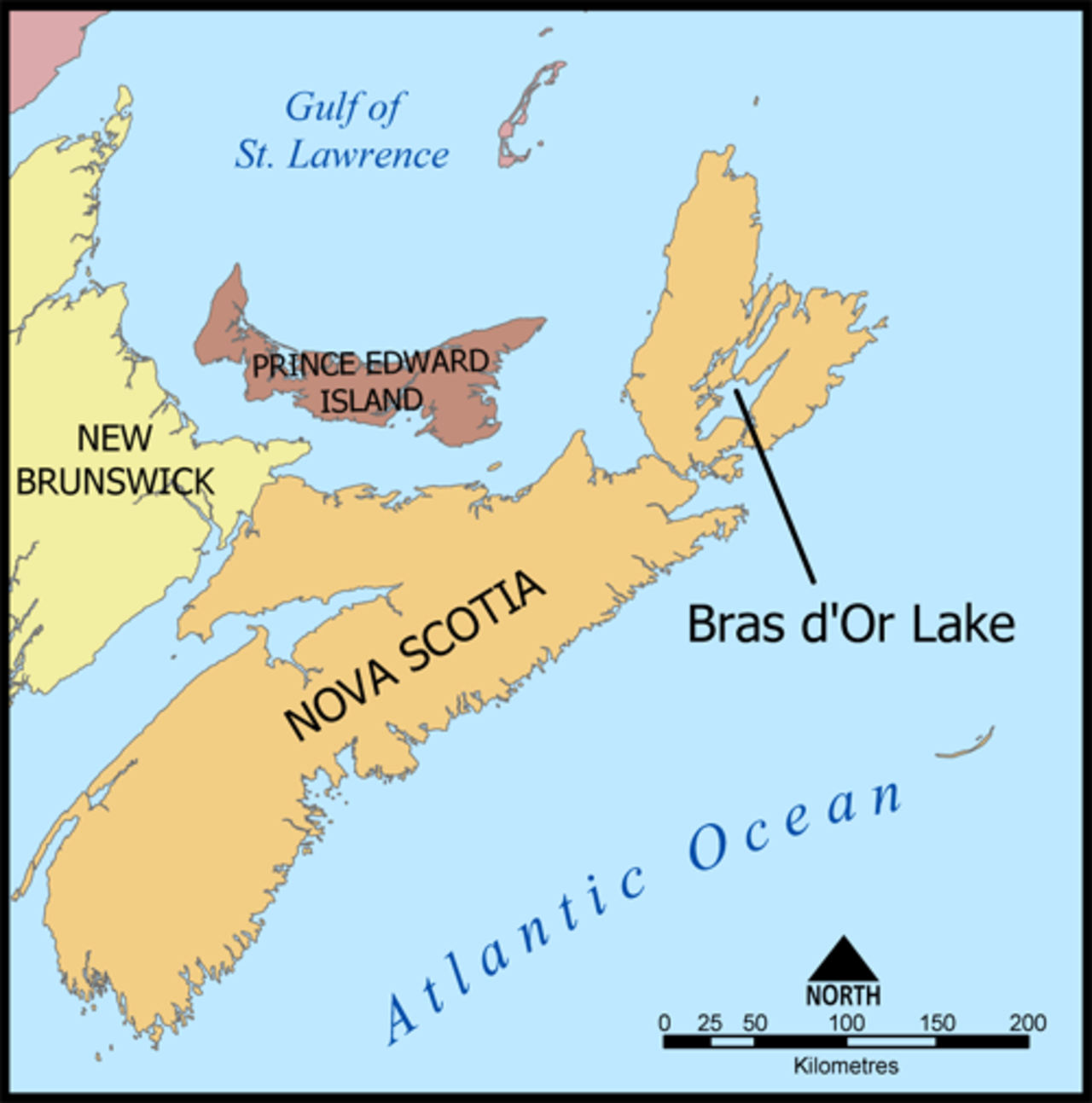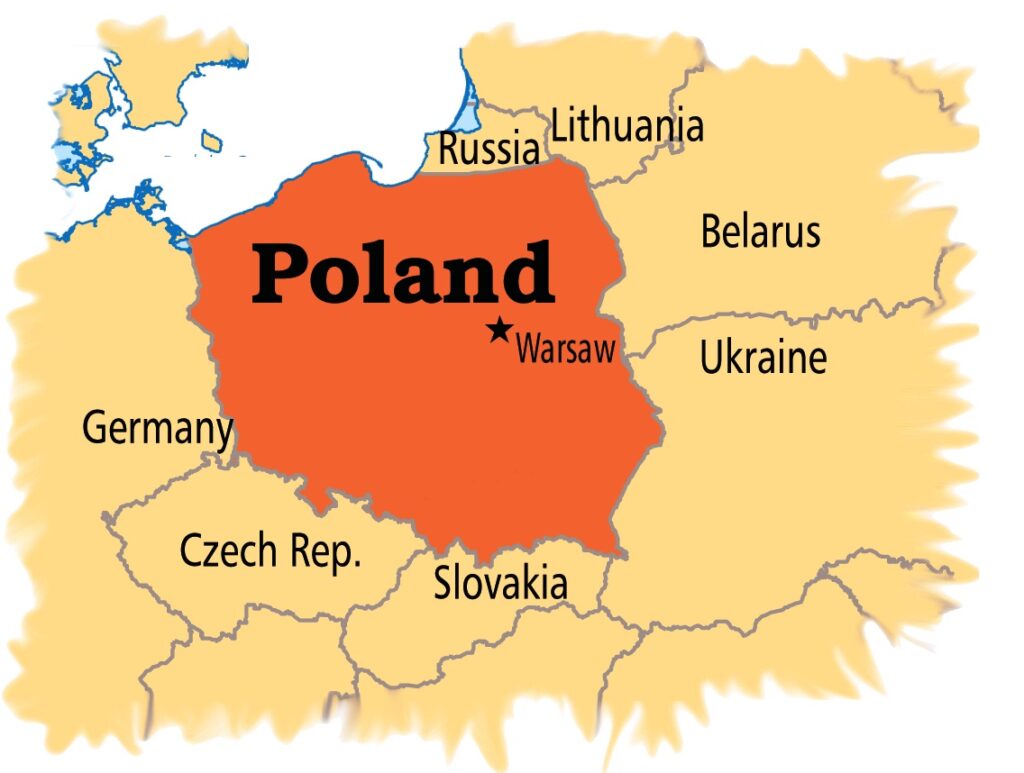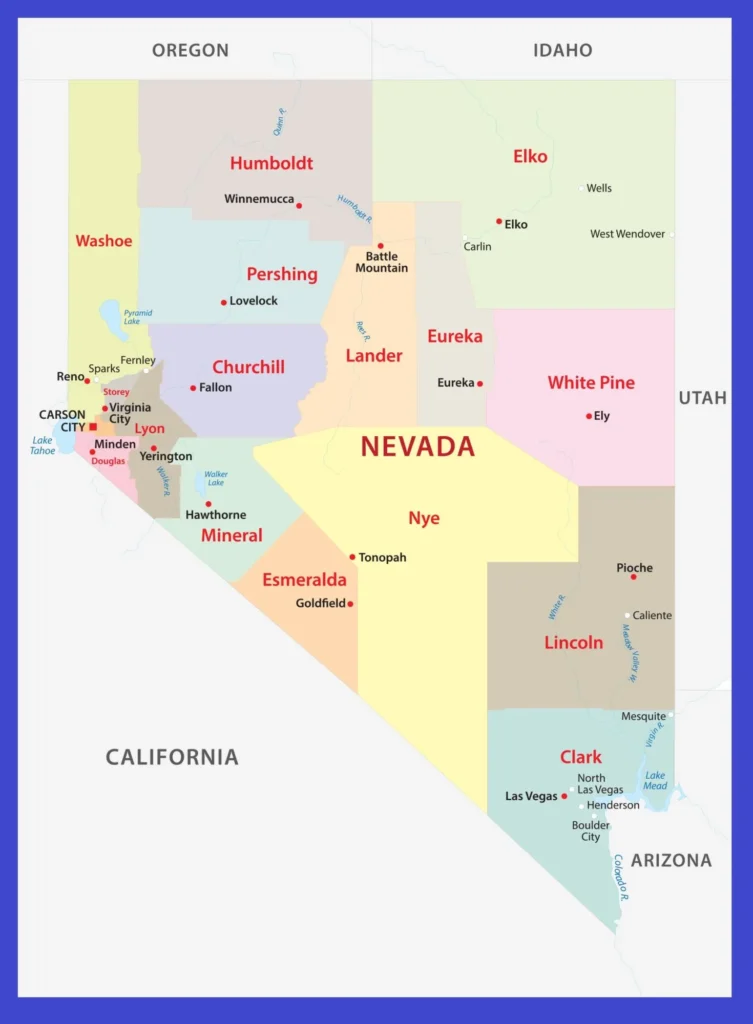Introduction
Nova Scotia, meaning “New Scotland” in Latin, is a picturesque province located in eastern Canada. With its rugged coastline, quaint fishing villages, and historic towns, Nova Scotia offers visitors a unique blend of natural beauty and cultural experiences. This guide aims to provide a comprehensive overview of Nova Scotia’s geography, history, culture, economy, and tourism, accompanied by detailed maps to aid exploration.
Geography
Location and Borders
Situated on the Atlantic coast of Canada, Nova Scotia is bordered by the Atlantic Ocean to the east, the Bay of Fundy to the west, and the provinces of New Brunswick and Prince Edward Island to the north. Its strategic location has made it a vital hub for trade and maritime activities throughout history.
Topography
Nova Scotia’s landscape is characterized by a diverse range of geographical features, including rocky coastlines, sandy beaches, rolling hills, and fertile valleys. The province is home to several prominent geographical landmarks, such as the Cape Breton Highlands and the Bay of Fundy, known for having the highest tides in the world.
Climate
Nova Scotia experiences a maritime climate, characterized by mild winters and cool summers. The proximity to the Atlantic Ocean moderates temperature extremes, making the weather relatively temperate throughout the year. However, the province is prone to frequent fog, especially along its coastal areas.
Major Cities and Regions
The capital city of Nova Scotia is Halifax, a vibrant urban center known for its historic waterfront, cultural attractions, and thriving arts scene. Other notable cities and regions in the province include Cape Breton Island, known for its natural beauty and Celtic heritage, and the South Shore, famed for its picturesque fishing villages and lighthouses.
History
Indigenous Peoples
Before the arrival of European settlers, Nova Scotia was inhabited by various Indigenous peoples, including the Mi’kmaq, who have lived in the region for thousands of years. These Indigenous communities had established complex societies with rich cultural traditions, relying on the land and sea for sustenance.
European Settlement
The history of European settlement in Nova Scotia dates back to the early 17th century when French explorers established the first permanent European settlement at Port Royal in 1605. The region subsequently became a battleground between the French and British colonial powers, with control of Nova Scotia changing hands multiple times.
Confederation and Modern Era
Nova Scotia became one of the founding provinces of Canada upon Confederation in 1867. Throughout the 20th century, the province experienced significant social, economic, and political changes, including the decline of traditional industries such as fishing and forestry and the growth of new sectors such as tourism and information technology.
Government and Politics
Political Structure
Nova Scotia operates under a parliamentary democracy within the framework of a constitutional monarchy. The province has a unicameral legislature, known as the Nova Scotia House of Assembly, which is responsible for making laws and governing the province. The Premier of Nova Scotia serves as the head of government.
Administrative Divisions
Nova Scotia is divided into 18 counties, each with its own local government and administrative structure. The province is further subdivided into municipalities, including regional municipalities, towns, and villages, which are responsible for providing local services and infrastructure.
International Relations
Nova Scotia maintains close ties with other Canadian provinces and territories, as well as with international partners. The province actively participates in trade agreements, cultural exchanges, and diplomatic initiatives to promote economic growth and international cooperation.
Economy
Key Industries
Nova Scotia’s economy is diversified, with key industries including fishing, forestry, agriculture, manufacturing, tourism, and services. The province is renowned for its high-quality seafood products, particularly lobster and scallops, which are exported worldwide. Additionally, Nova Scotia has emerged as a leading hub for renewable energy, particularly in wind power and tidal energy.
Trade and Tourism
Nova Scotia has a thriving tourism industry, attracting millions of visitors each year to explore its natural beauty, cultural heritage, and outdoor recreational opportunities. The province is known for its scenic drives, historic sites, and culinary delights, including fresh seafood and traditional Acadian cuisine.

Culture
Language and Identity
English is the predominant language spoken in Nova Scotia, although there is also a significant Francophone community, particularly in regions such as Clare and Chéticamp. The province has a rich cultural heritage influenced by its Indigenous, Acadian, Scottish, Irish, and African Nova Scotian communities, each contributing to the province’s unique identity.
Arts and Music
Nova Scotia has a vibrant arts and music scene, with a thriving community of artists, musicians, and performers. The province hosts numerous festivals and events celebrating its cultural heritage, including the Halifax International Buskers Festival, the Celtic Colours International Festival, and the Stan Rogers Folk Festival.
Festivals and Traditions
Nova Scotians take pride in their cultural traditions, which are celebrated through various festivals and events throughout the year. These include the Highland Games, which showcase Scottish culture and heritage, the Nova Scotia Multicultural Festival, which highlights the province’s diverse cultural mosaic, and the Acadian Festival, which celebrates Acadian history and traditions.
Tourism
Major Tourist Attractions
- Halifax Citadel National Historic Site: A historic fortress overlooking Halifax Harbour, offering guided tours and reenactments.
- Cabot Trail: A scenic driving route on Cape Breton Island, known for its breathtaking coastal vistas and hiking trails.
What are 5 interesting facts about Nova Scotia?
Nova Scotia is home to the world’s highest tides in the Bay of Fundy, boasts over 160 lighthouses along its coastline, is known as the birthplace of hockey, has a rich Celtic heritage with vibrant music and festivals, and is one of the primary breeding grounds for the North Atlantic right whale.
What are the major geographical features of Nova Scotia?
Major geographical features of Nova Scotia include its rugged coastline, characterized by dramatic cliffs and sandy beaches, the Cape Breton Highlands, known for their stunning landscapes and wildlife, the Bay of Fundy, famous for its extreme tides, and numerous lakes, rivers, and forests spread throughout the province.
Why is Nova Scotia called Nova Scotia?
Nova Scotia, Latin for “New Scotland,” was named by the Scottish explorer Sir William Alexander in the early 17th century, who envisioned the province as a New Scotland in the New World. The name reflects the Scottish heritage of the early European settlers in the region.
Where is Nova Scotia known for?
Nova Scotia is known for its stunning coastal scenery, vibrant cultural scene, rich maritime history, and friendly locals. It is also famous for its high-quality seafood, including lobster, scallops, and Atlantic salmon.
Why is Nova Scotia so famous?
Nova Scotia is famous for its breathtaking natural beauty, from its rugged coastline to its lush forests and picturesque fishing villages. It is also renowned for its cultural heritage, including its Celtic music and traditions, as well as its historic sites and landmarks.
What is unique to Nova Scotia?
One unique aspect of Nova Scotia is its strong maritime identity, shaped by its coastal location and seafaring history. The province is also known for its Acadian and Mi’kmaq cultures, which contribute to its diverse and vibrant community.
What food is Nova Scotia known for?
Nova Scotia is known for its delicious seafood, including fresh lobster, Digby scallops, Atlantic salmon, and seafood chowder. Other culinary delights unique to the province include Acadian dishes like rappie pie and traditional Scottish fare like haggis.
What is the main language in Nova Scotia?
The main language spoken in Nova Scotia is English, with the majority of the population being English-speaking. However, there is also a significant Francophone community, particularly in regions such as Clare and Chéticamp, where French is spoken.
What animal is Nova Scotia known for?
Nova Scotia is known for its diverse wildlife, including species such as the North Atlantic right whale, which can often be spotted off the coast during migration season. The province is also home to moose, black bears, bald eagles, and a variety of seabirds.
What is the main city in Nova Scotia?
The main city in Nova Scotia is Halifax, the provincial capital and largest urban center. Halifax is known for its historic waterfront, cultural attractions, vibrant arts scene, and bustling downtown core.
- Tonga Maps & Facts - July 19, 2024
- Trinidad and Tobago Maps & Facts - July 19, 2024
- US Virgin Islands Maps & Facts - July 18, 2024




